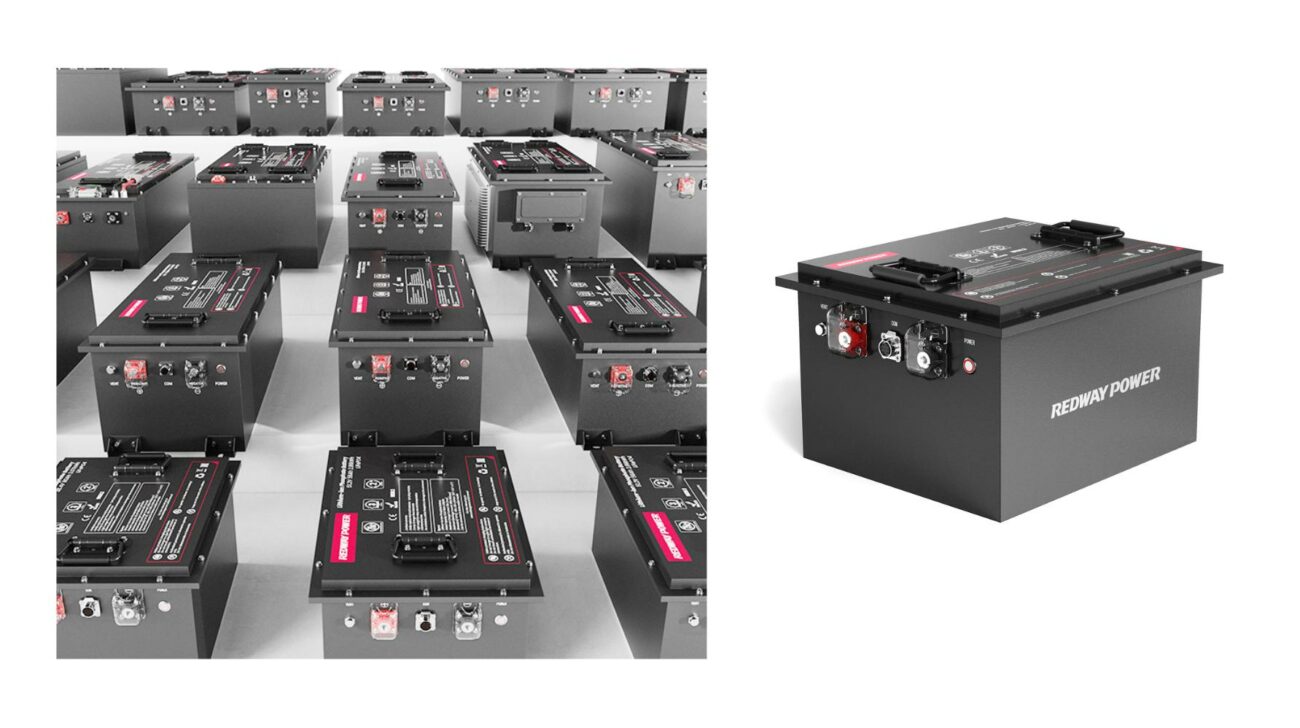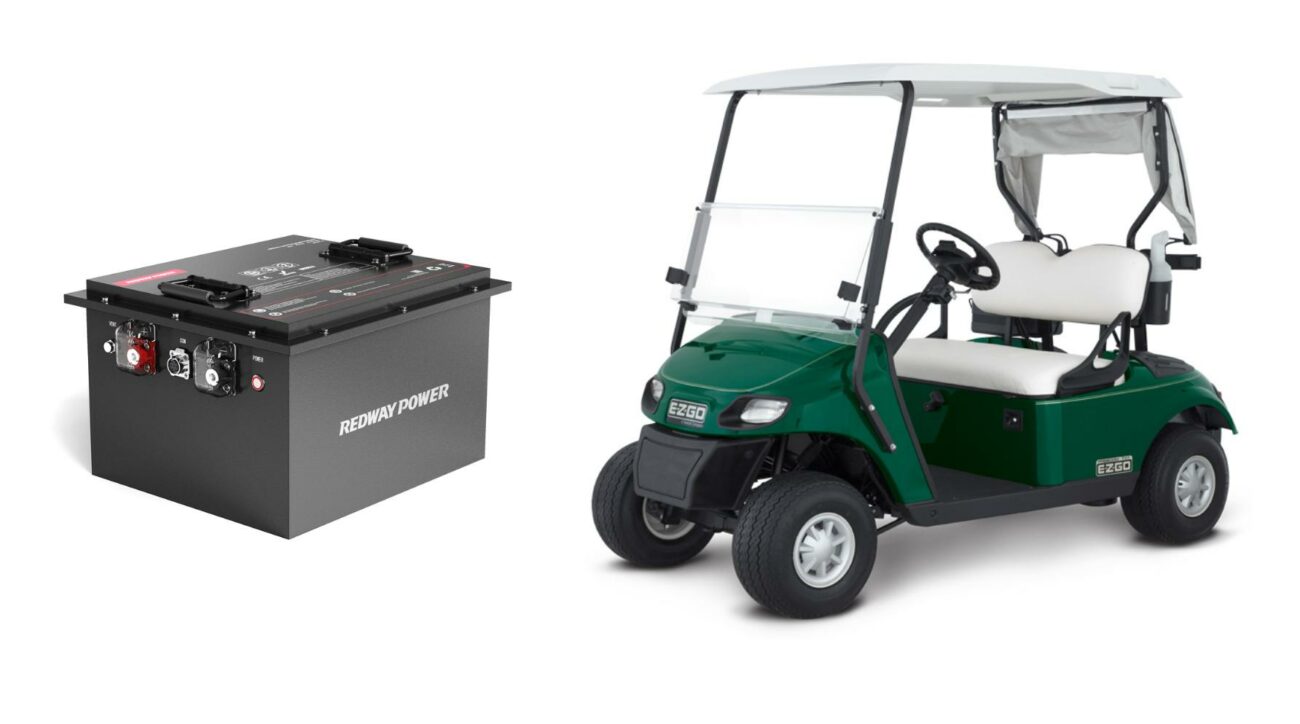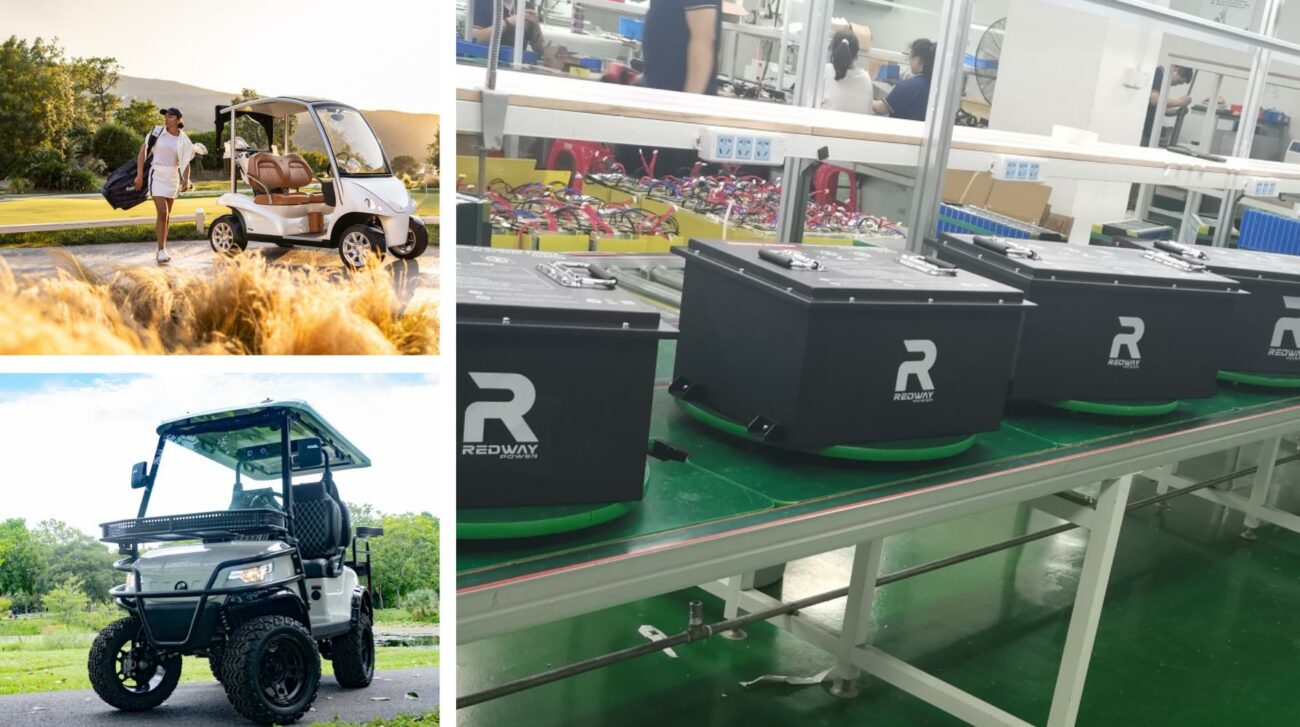Building a DIY battery power station using golf cart batteries is an excellent way to create a reliable, cost-effective, and scalable energy solution for off-grid living, camping, or emergency backup. Golf cart batteries, particularly 6V deep-cycle models, offer durability and deep discharge capabilities, making them ideal for such projects.
What Are Golf Cart Batteries and Why Are They Ideal for DIY Power Stations?
Golf cart batteries are deep-cycle lead-acid batteries designed for sustained energy output and frequent discharging. Their thick plates and robust construction provide longer cycle life (1,000+ cycles) compared to standard car batteries. They’re cost-effective ($150-$300 per battery) and easily scalable, making them a popular choice for renewable energy systems.
What Components Are Needed to Build a DIY Power Station?
Essential components include 4-6 golf cart batteries, copper cabling, a battery management system, inverter (3,000W+ for household use), charge controller, and a reinforced battery enclosure. Optional additions include solar panels for recharging and monitoring systems to track voltage, temperature, and state of charge.
When selecting an inverter, ensure it has a pure sine wave output for sensitive electronics. Heavy-duty copper lugs and UL-listed terminal connectors are critical for safe current transmission. For enclosures, consider polyethylene boxes with vent ports to dissipate gases. Advanced builders often integrate Bluetooth-enabled shunt monitors like the Victron BMV-712 to track real-time energy metrics via smartphone apps.
How Do You Connect Golf Cart Batteries for a DIY Power Station?
To achieve the desired voltage and capacity, connect golf cart batteries in series and/or parallel. For instance, to create a 48V system, connect eight 6V batteries in series. Use heavy-duty copper cables and ensure all connections are tight and secure to prevent voltage drops and potential hazards.
What Are the Safety Considerations When Building a DIY Power Station?
Safety is paramount when building a DIY power station. Always use a battery management system (BMS) to monitor and protect the batteries. Ensure proper ventilation to prevent gas buildup, especially in sealed enclosures. Use fuses and circuit breakers to protect against short circuits and overloads. Additionally, always wear appropriate safety gear and work in a well-ventilated area.
How Do You Charge a DIY Power Station Built with Golf Cart Batteries?
Charging a DIY power station involves using a compatible charger that matches the system’s voltage and battery type. For a 48V system, use a 48V charger designed for deep-cycle batteries. If integrating solar panels, use a charge controller to regulate the charging process and prevent overcharging, which can damage the batteries.
What Are the Advantages of Using Golf Cart Batteries in DIY Power Stations?
Golf cart batteries offer several advantages, including:
- Cost-Effectiveness: Generally more affordable than other deep-cycle batteries.
- Durability: Designed for deep discharges and long cycle life.
- Scalability: Easy to expand the system by adding more batteries.
- Availability: Widely available and supported by various accessories and components.
What Are the Limitations of Using Golf Cart Batteries in DIY Power Stations?
While golf cart batteries are beneficial, they have some limitations:
- Weight: They can be heavy, making transportation and installation challenging.
- Maintenance: Flooded lead-acid batteries require regular maintenance, including checking water levels.
- Size: Larger battery banks require more space and proper ventilation.
How Do You Maintain a DIY Power Station Built with Golf Cart Batteries?
Regular maintenance is crucial to ensure the longevity and efficiency of your DIY power station:
- Regular Charging: Use the correct charger and charge batteries as recommended to avoid undercharging or overcharging, which shortens their lifespan.
- Battery Water: For flooded lead-acid batteries, regularly adding distilled water to keep the electrolyte levels correct is crucial for longevity.
- Monitoring: Use monitoring systems to keep track of voltage, temperature, and state of charge.
- Inspection: Regularly inspect all connections for signs of wear or corrosion.
How Can You Expand a DIY Power Station Built with Golf Cart Batteries?
Expanding your DIY power station involves adding more batteries to increase capacity. Ensure that the new batteries match the specifications of the existing ones in terms of voltage and capacity. Use appropriate cabling and connectors, and update the battery management system to accommodate the additional batteries.
Redway Battery Expert Views
“Utilizing golf cart batteries in DIY power stations offers a balance between cost and performance. However, it’s essential to consider the system’s design and maintenance requirements to ensure long-term reliability.” – Redway Battery Expert
Conclusion
Building a DIY battery power station with golf cart batteries is a rewarding project that provides a reliable and cost-effective energy solution. By carefully selecting components, ensuring proper safety measures, and performing regular maintenance, you can create a system that meets your energy needs for years to come.
FAQs
Q1: Can I use golf cart batteries for solar energy storage?
A1: Yes, golf cart batteries are suitable for solar energy storage systems. Ensure compatibility with your solar setup and use a charge controller to regulate charging.
Q2: How long do golf cart batteries last in a DIY power station?
A2: With proper maintenance, golf cart batteries can last between 4 to 6 years, depending on usage and environmental conditions.
Q3: Can I use lithium batteries instead of golf cart batteries?
A3: Yes, lithium batteries offer advantages like lighter weight and longer lifespan but come at a higher initial cost.
Q4: How do I know if my DIY power station is overloaded?
A4: Use a battery management system with overload protection and regularly monitor the system’s performance to detect any issues.
Q5: Can I integrate a generator with my DIY power station?
A5: Yes, integrating a generator can provide backup power during extended periods of low sunlight or high energy demand.








